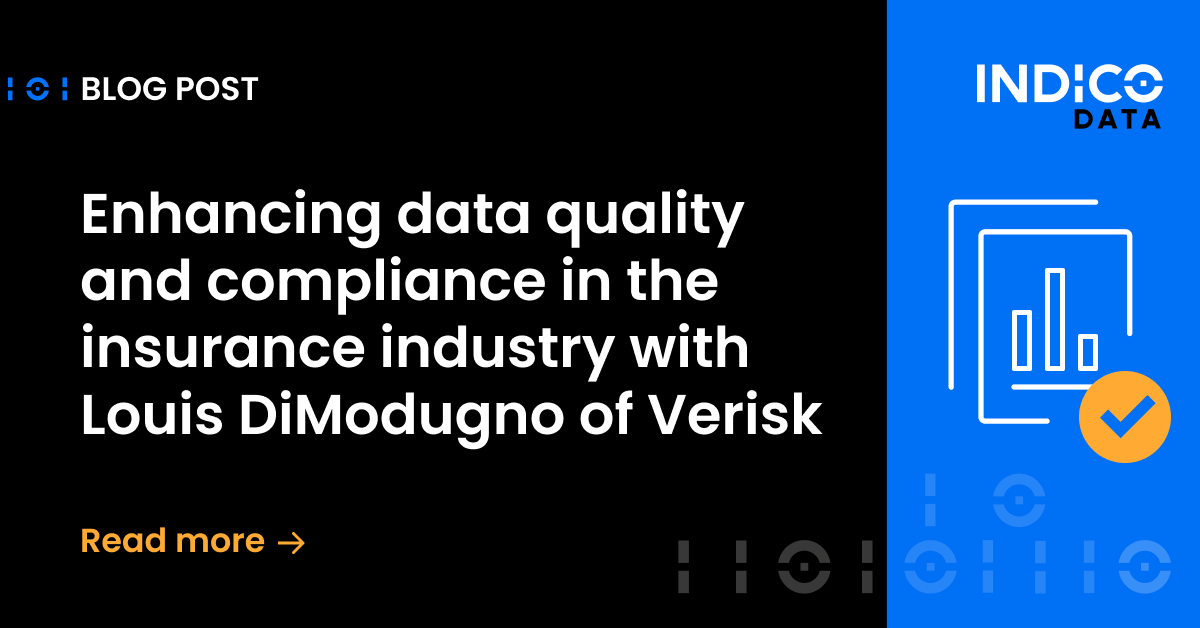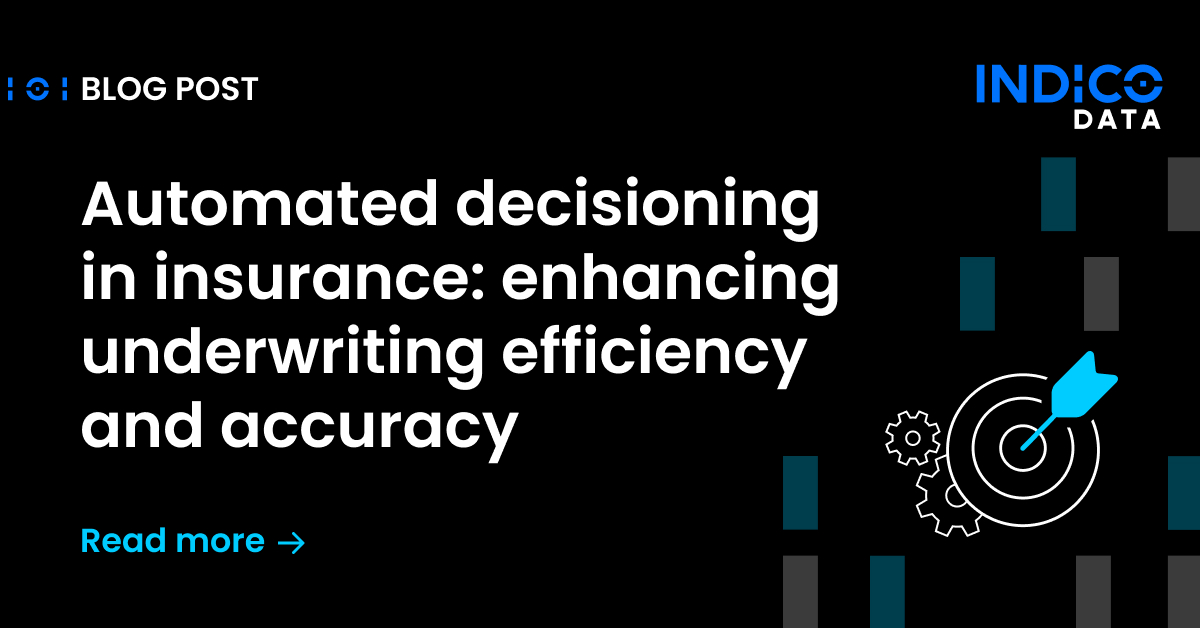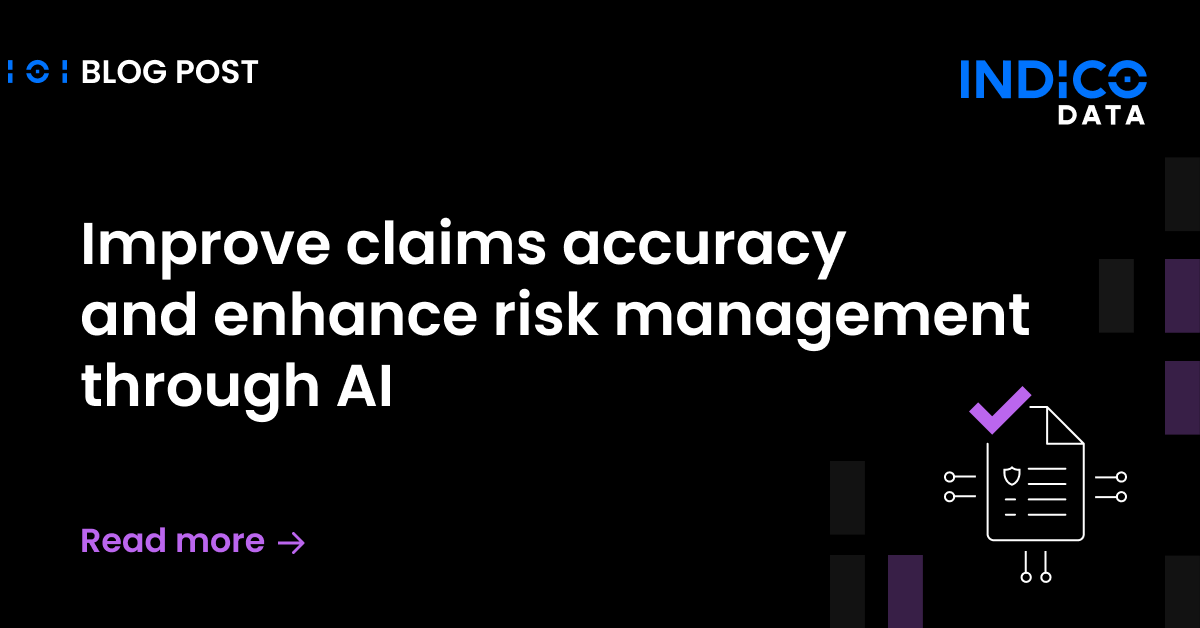A common challenge process automation professionals face is how to measure the results and capture the realized value of an automation program. Or, more specifically, getting the business to agree on how to measure results and what success means in order to accept and adopt the automation in day to day operations.
When it comes to intelligent document processing initiatives, there can be unrealistic expectations about what automation can do and can’t do, and with what constitutes success. A key to success for any initiative, then, is for the automation center of excellence (COE) or program team to establish up front how results will be measured as well as the baseline of those metrics and what the desired outcome is.
Related content: How IDP automates the transformation of your unstructured data to structured data
Types of process automation benefits
It’s an important exercise because the benefits of automation initiatives can be measured in a number of different ways.
Operational efficiences sometimes defined as cost savings or cost avoidance is a common measure, which typically comes from using automation to decrease the time on task for a given process where automation will play a role. . Say it normally takes someone an hour to extract or interpret all the required fields from an unstructured document and input them into a downstream processing system. If an intelligent automation tool can augment and automate at least part of the process and save a half hour (or half the time)minutes, that accelerates the time on task which allows the organization to avoid cost, save costs and/or recognize efficiences in the process..
One benefit that may not be so obvious but is nonetheless important is revenue acceleration. Consider a services company that depends on having employees at delivery service(s) that creates revenue for a services organization whether it’s an auditor, consultant or what-have-you. In that situation, if a job is unfilled, it means lost revenue. Conversely, the faster you can fill a vacant position, the more you can accelerate revenue.
Risk mitigation is essentially the other side of the coin, in that it reduces the negative effects of threats and/or disasters on business continuity.. Financial services, health care and other verticals are heavily regulated and have a lot of potential exposures to things like cyber attacks in which sensitive information could be stolen. If an intelligent automation solution can ensure customer data, for example, is in compliance, it can potentially save an organization millions in fines, not to mention reputational damage.
Related content: Gartner 2022 Market Guide for intelligent document processing solutions
Coming to agreement on how to measure
With so many ways to achieve success, it’s important for the COE or the program team to agree with the business on what the goals are for a given initiative, how results will be measured as well as where they are starting or in other words, the baseline and what constitutes success for adoption and acceptance. It is highly recommended to never go into a project without that alignment as both the program team and the business leaders will be set up for failure.
In general, reaching alignment means mapping out the process as it exists today and pinpointing where the pain is. That may mean shadowing employees as they perform the process to determine how long it takes or where the bottlenecks exist. In other cases, you may have to rely on the business to tell you what the baseline is for time on tasks. Either way, it’s important for both sides to agree there’s a business case at hand, and identify where automation can help take at least some of the pain away to deliver value.
Once the workflows and models are in production, it is important to capture value realized. An example would be to determine the time saved for every transaction that automation successfully completes. Maybe for each successful one you shave 50% off the benchmarked time. Then calculate the hourly rate of the employees performing the function and you can come to a measurement of savings that both sides agree on.
You can take a similar approach to initiatives that deliver revenue acceleration. For example, it could currently take that services company an average of 60 days to fill a job vacancy. If an intelligent document processing tool can help you take a first pass at resumes and identify the most promising ones or assist in prioritizing a pool of candidates, that saves valuable time for recruiters. Perhaps the ability to quickly hone in on the best candidates reduces that 60-day window to 30 days. That’s a huge success, because now you’ve got an employee generating revenue for an additional 30 days.
Avoiding the accuracy pitfall
A word of caution when measuring results of process automation initiatives is to be realistic. This can be difficult because lines of business can, at times, over-estimate how accurate their processes are to begin with and then put unrealistic expectations on the acceptance or success of automation overlaying the process. As a classic saying goes, “People make mistakes, that’s why pencils have erasers”. It should be expected that employees engaged in “swivel chair tasks” all day are likely making mistakes.
If the business partner(s) demand an automation be 100% accurate, it’s worth getting into a discussion about the reality of that expectation. No process involving human input is 100% accurate and it’s not reasonable, then, to expect an automated version of the same process to be flawless.
What you can expect is improvement of the process as well as employee satisfaction. The mindset should be anchored in how long it takes employees to perform a given task, and whether automation can reduce that time. If you can reduce it by 40% or 50%, then things start to get interesting. Now you’re freeing up employees to spend more time reviewing the results, exceptions and creating capacity for them to work on higher value tasks rather than performing the “swivel chair” work, which is better than seeking success as a way to achieve accuracy.
In fact, as employees review results, a feature called Staggered Loop Training in the latest version of the Indico Unstructured Data Platform makes it simple for them or management to apply corrections or improvements to the automation model. In that fashion, you’re constantly increasing model performance and accuracy.


